During my time as a career transition coach, a client came into my office, opened his briefcase and dumped 20 years of performance reviews and said: “Write my resume.”
 Two thoughts came to my mind. The first was that I help YOU write your resume. The second was how can I make it easier for folks who haven’t written a resume for years? That’s when I came up with the idea of a “My Success Portfolio.” It’s a file where you continuously drop items documenting your accomplishments, contributions and capabilities.
Two thoughts came to my mind. The first was that I help YOU write your resume. The second was how can I make it easier for folks who haven’t written a resume for years? That’s when I came up with the idea of a “My Success Portfolio.” It’s a file where you continuously drop items documenting your accomplishments, contributions and capabilities.
What’s the Benefit?
- It’s important to have a My Success Portfolio because you:
- Need to prepare, update or revise your resume for job search or career change
- Want to present and promote your brand in vying for a promotion or a new position
- Can’t expect your boss to remember everything you’ve done for your annual performance review
- Can periodically review your accomplishments to give you a boost of self confidence and encouragement.
What’s In it?
Here are some examples that I’ve seen in client’s My Success Portfolio.
1. Work Samples/Summary of Accomplishments
At the end of a major project, summarize the details and work involved including obstacle that were overcome. State both the quantifiable and qualitative results. Include your role, your contribution and skills you used. At the end, for your benefit, write your lessons learned.
2. Performance Reviews
Keep copies of all written evaluations of your work plus your performance improvement goals as well as stretch areas. Take notes on any conversations relating to your performance, including the date and participants. Also include documentation of specific steps you’ve taken for performance improvement as well as other things that may be important in future reviews.
3. Training and Continuing Education
Save all the brochures on the educational events, workshops and webinars you attend throughout the year. This shows of your efforts to expand and hone your skills. Also keep all certificates you’ve achieved. If you’re involved in a accelerated or honors education program note that. Now turn that knowing into doing. Keep track on how you are implementing your education and the results.
4. Applause and Positive Comments
Deposit all grateful or complimentary feedback including notes, letters, emails from colleagues or clients thanking you for a job well done. If you receive compliments in person or over the phone, don’t hesitate to ask whether they would put them in a letter or email to you. Don’t underestimate the good words of clients, co-workers and especially direct reports to enhance your reputation and brand. Since your portfolio is for your eyes only, drop in everything – it adds up to an impressive bio.
5. Professional and Civic Activities
List organizations you’re active in and committees you’re part of. Keep track of your participation and accomplishments. Add copies of your speeches you’ve done, panels you’ve been on and articles you’ve published. Don’t underrate what you’ve done in a volunteer role. Realize that the skills and experiences ou’ve gained can be utilized in your present and future positions.
Career Success Tip:
Once you’ve created your My Success Portfolio, make it a regular task to review and capture what you have done over the past few days, weeks or — at most — month. It’s your responsibility to document your work; you can’t expect others to remember and recognize all that you do. What’s in your Success Portfolio today? What should be in it tomorrow?
Do you want to develop Career Smarts?
- For more resources, see the Library topic Career Management.
- Start with the Career Success System.
- Sign up for Career Power: 101 success tips.
- Fast track your career. Be part of a Success Team.
- Need a speaker? Get the Edge Keynotes-webinars-workshops.
- Find career and leadership boosters in the Smart Moves Blog.
- Copyright © 2011 Marcia Zidle career and leadership coach.
 Sections of this topic
Sections of this topic
















